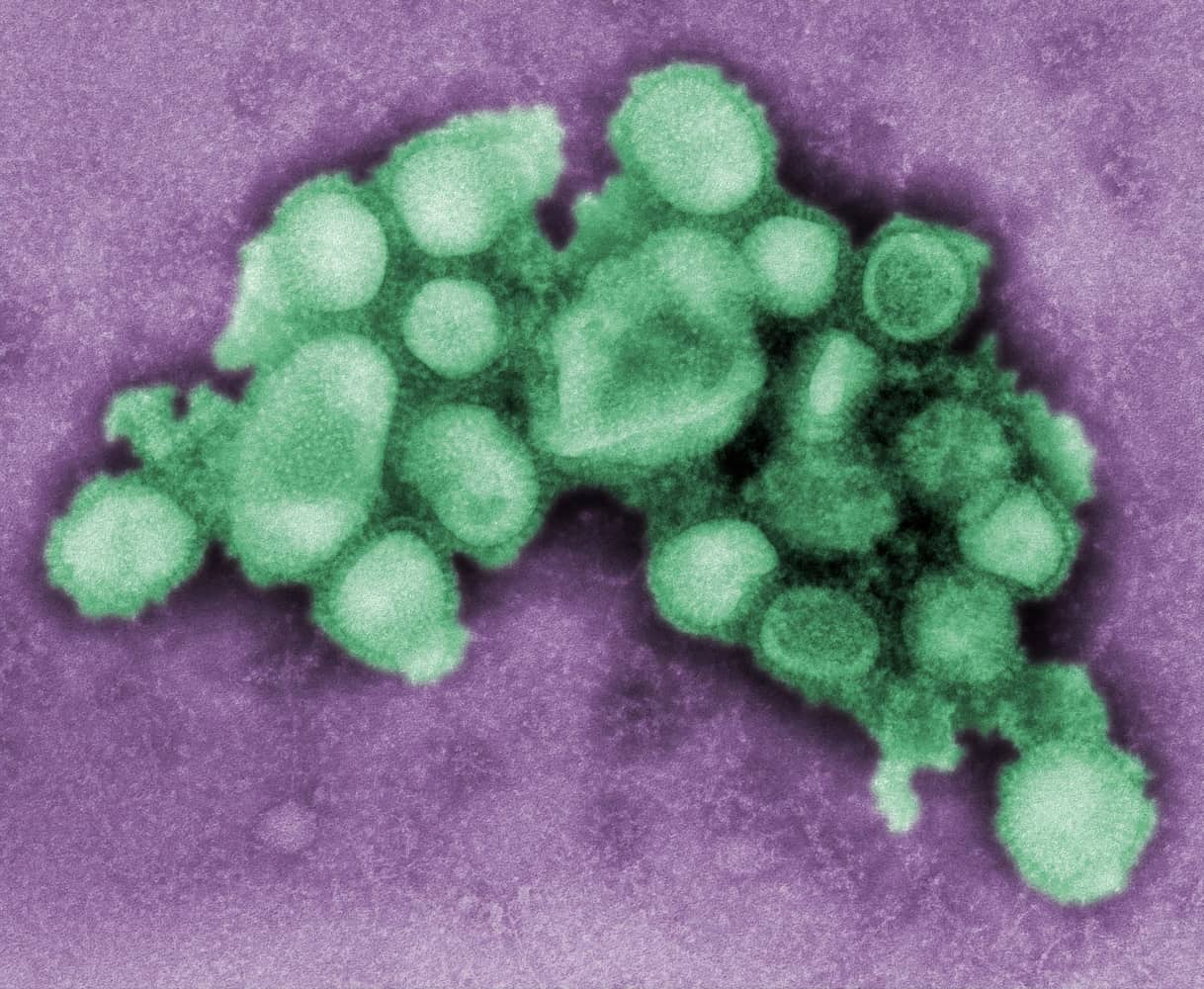A team of researchers has found a new strain of swine flu virus, which has the potential to cause another pandemic, in China. The virus can be transmitted from pigs to humans, which may trigger a new outbreak.
The researchers said it is excellent that they have been able to find this virus early, prompting virologists to start working on developing new specific tests for the virus.
However, it is important to understand that there is currently no evidence of the virus can be transmitted from humans to humans. Also, there is no evidence that the virus is particularly deadly to cause a pandemic like COVID-19.
Chinese officials have a wonderful flu surveillance system, keeping track of every bird, human, and swine flu.
The researchers wrote, “Systematic surveillance of influenza viruses in pigs is essential for early warning and preparedness for the next potential pandemic.”
They call the virus “genotype 4 (G4) reassortant Eurasian avian-like (EA) H1N1 virus,” in short, G4 EA H1N1. Simply put, the researchers discovered a new strain that is a combination of human H1N1 flu and avian-based flu.
The virus was detected through antibody tests in workers who handled swine, with most of them between the ages of 18 and 35.
Interestingly, the researchers found no evidence of human-to-human transmission. However, they found “efficient infectivity and aerosol transmission in ferrets,” which means there is evidence the new swine flu virus could spread by aerosol droplets from ferret to ferret.
Just like season H1N1 influenza strains, G4 EA H1N1 infection led to weight loss and acquired lung damage in ferrets. The team also found that the new virus could infect humans through airways.
The virus has been around for a few years so one this is clear that it can be transmitted from pigs to humans, prompting disease experts to call the virus a potential pandemic pathogen (PPP). Meanwhile, the World Health Organization (WHO) is keeping a close eye on the developments of the new strain of the swine flu virus, stating, “It also highlights that we cannot let down our guard on influenza.”






















